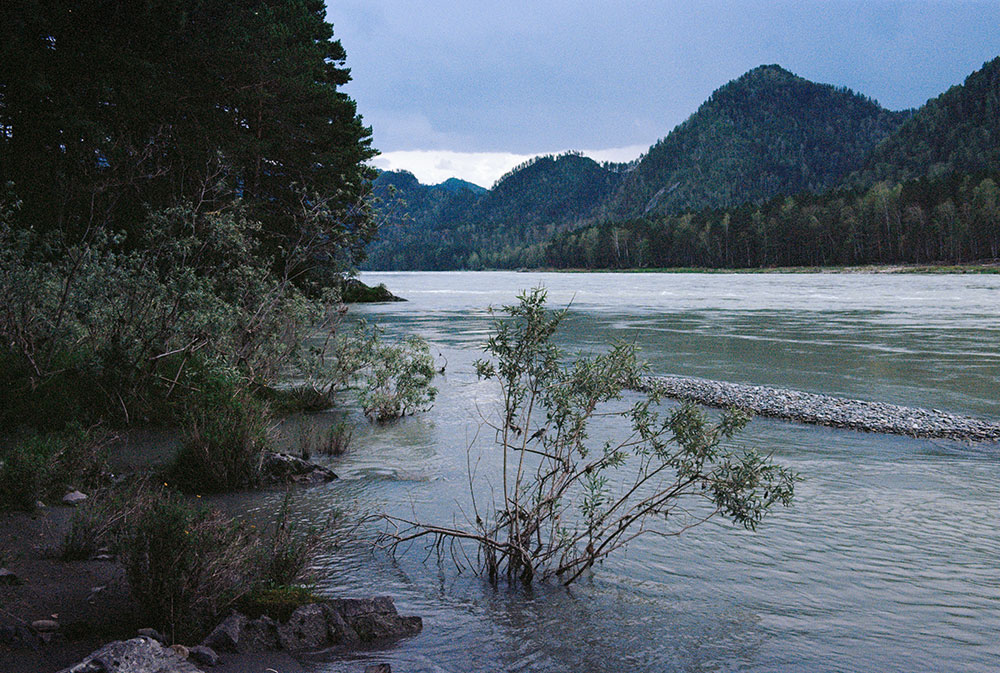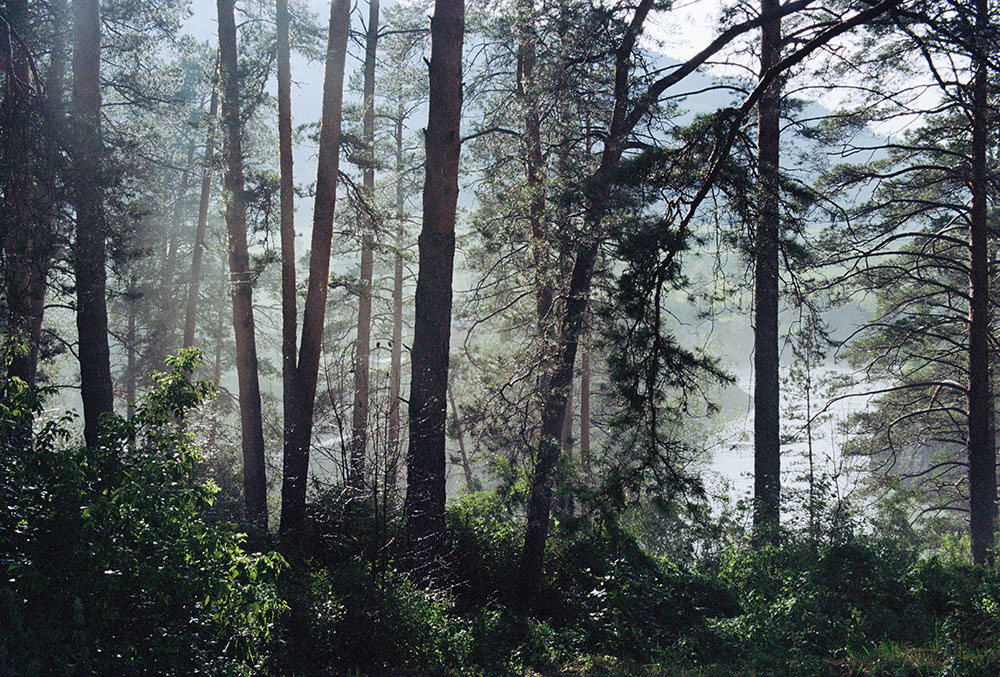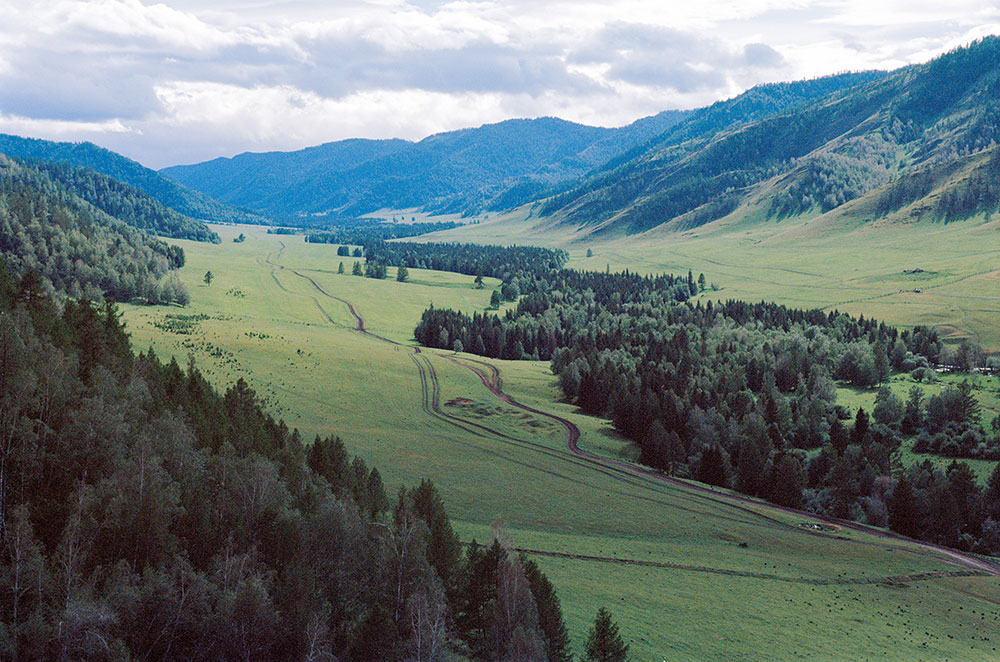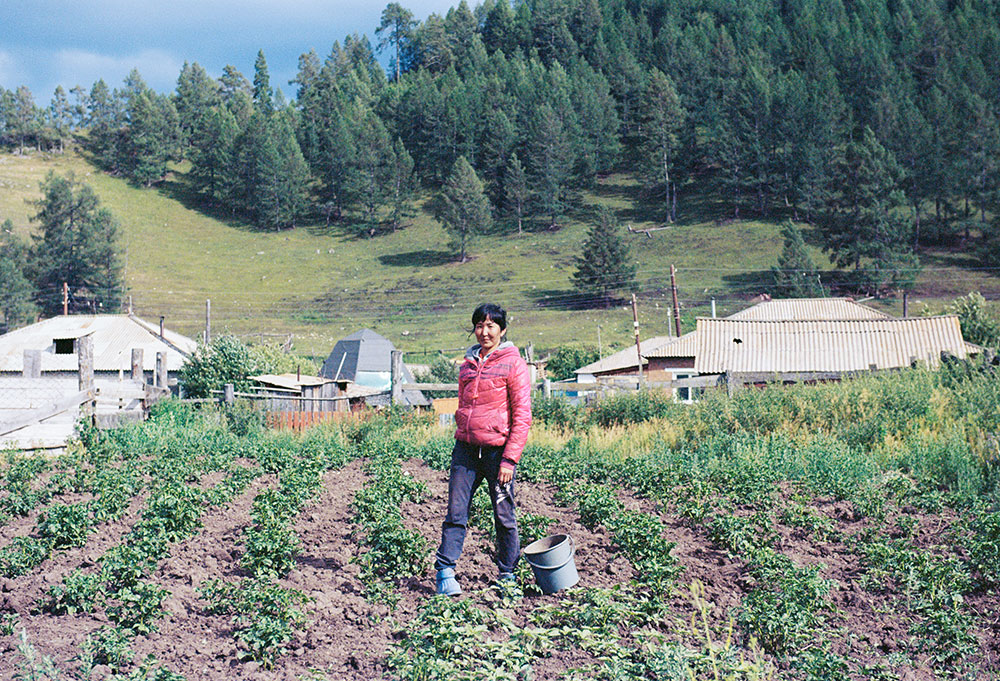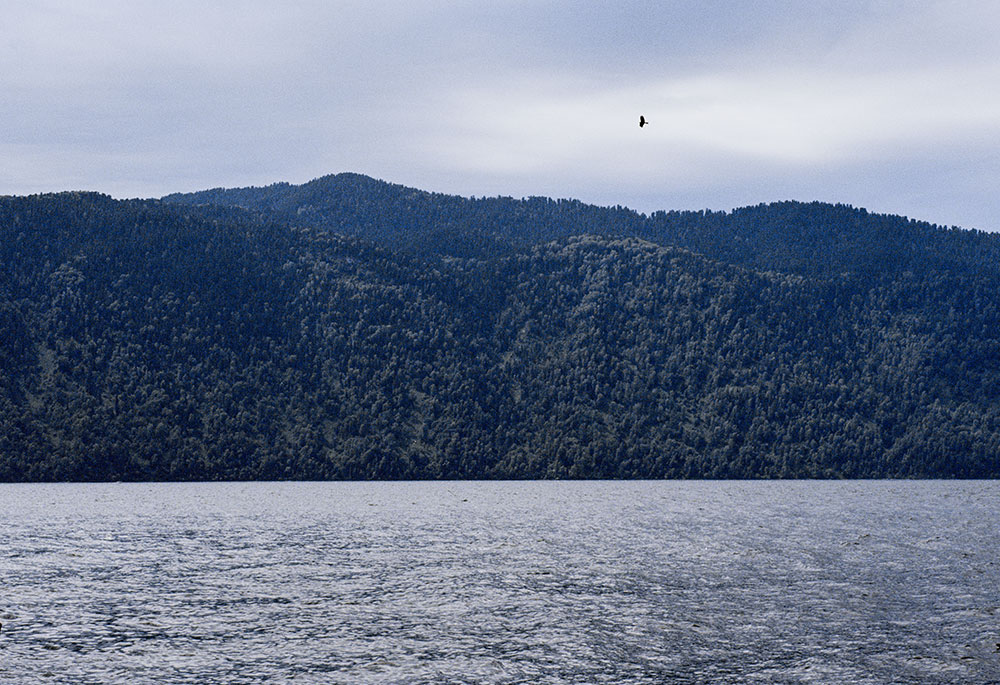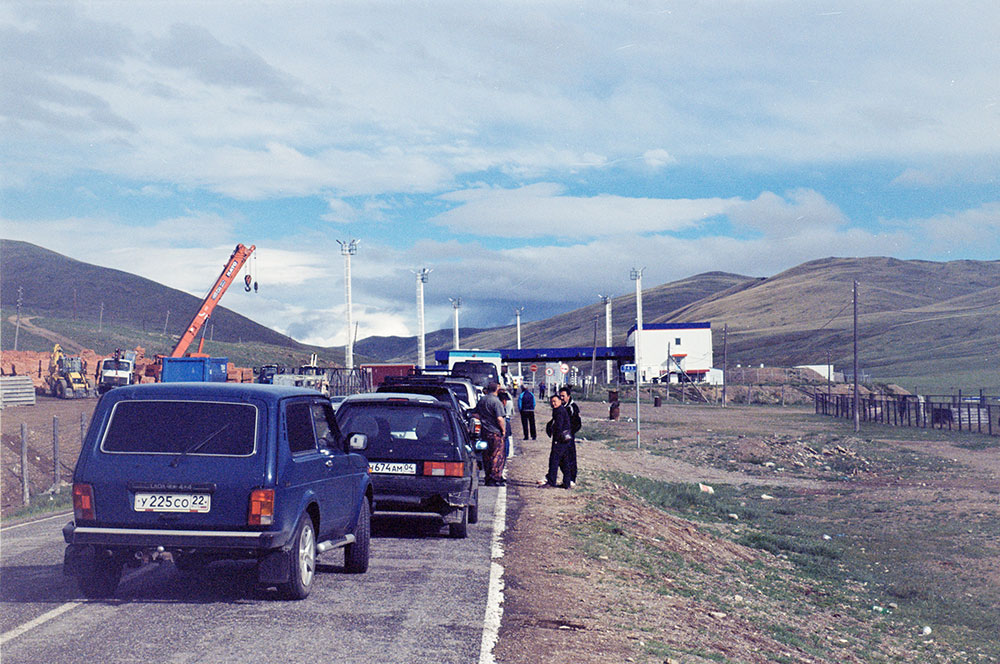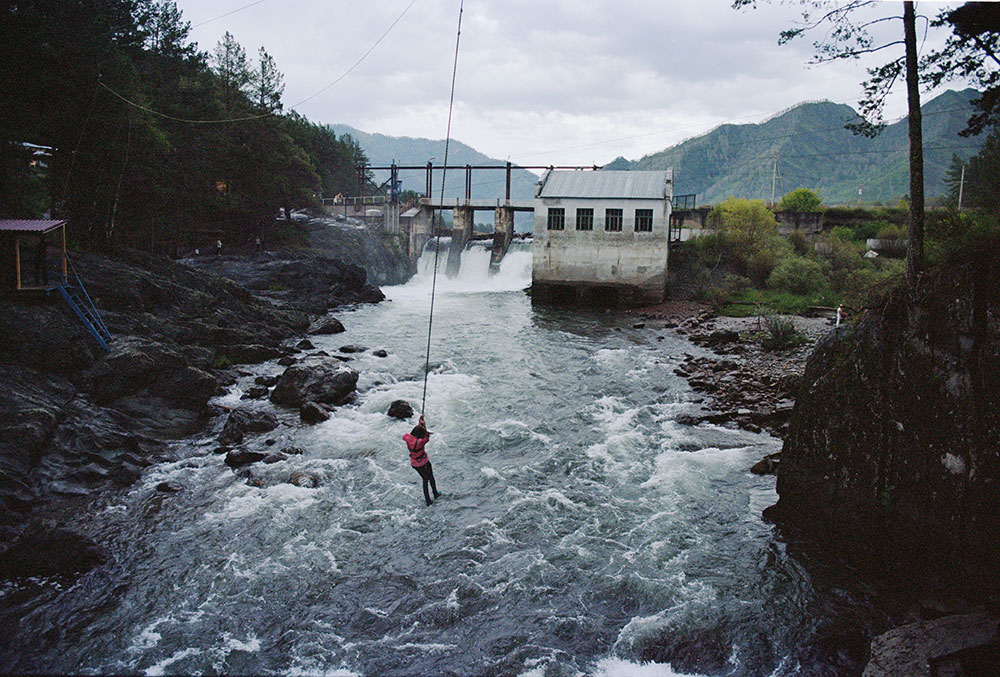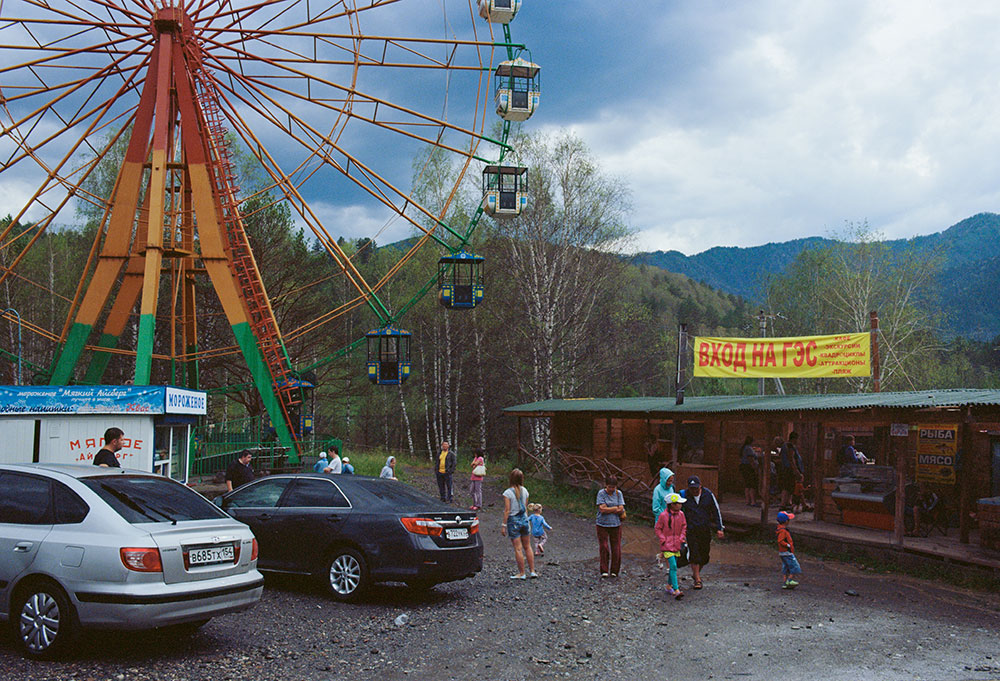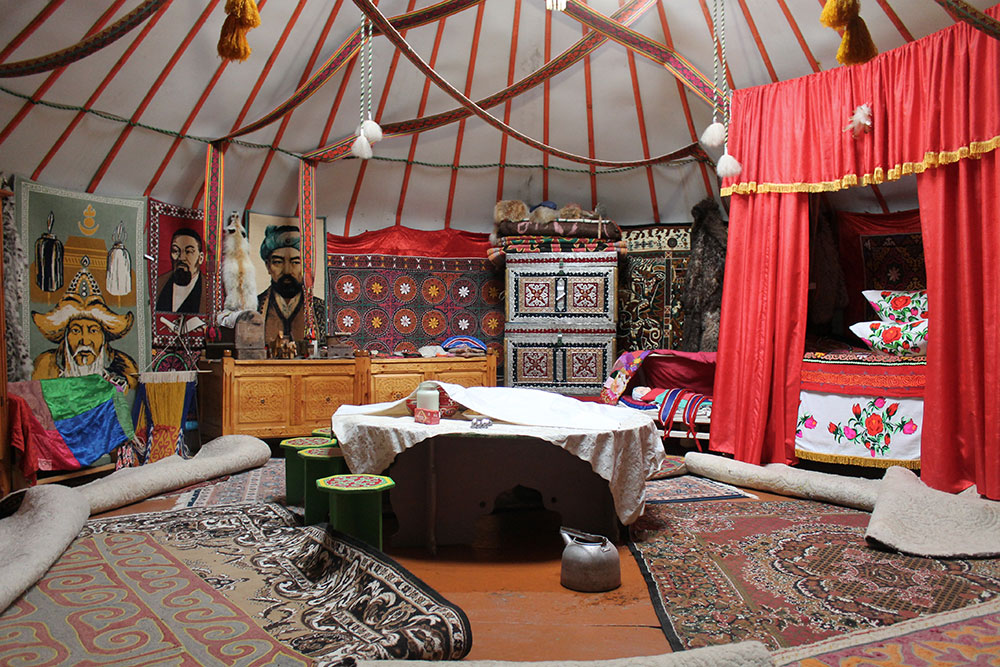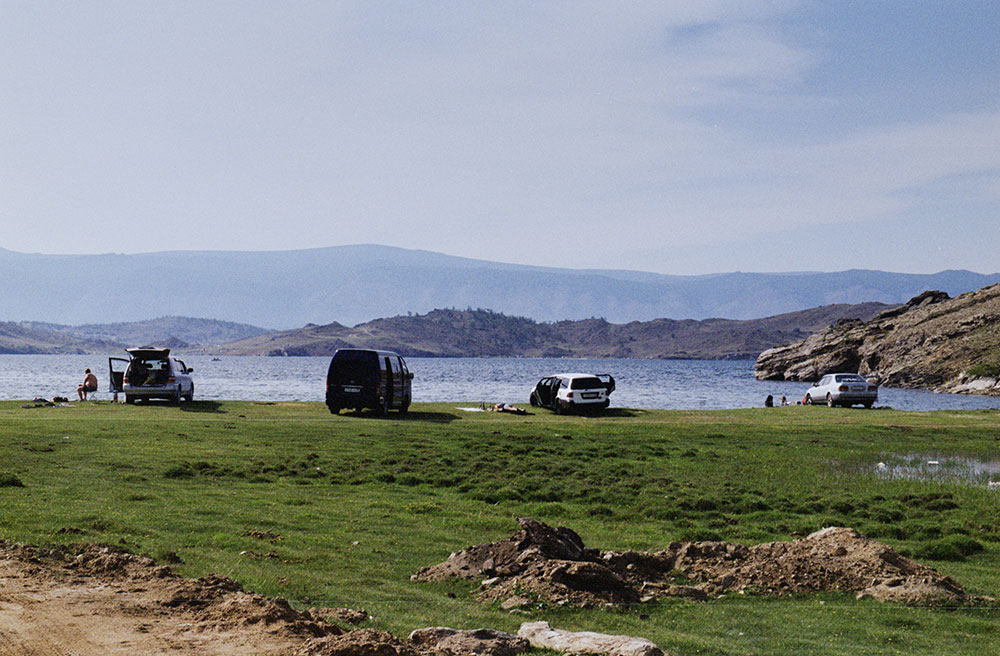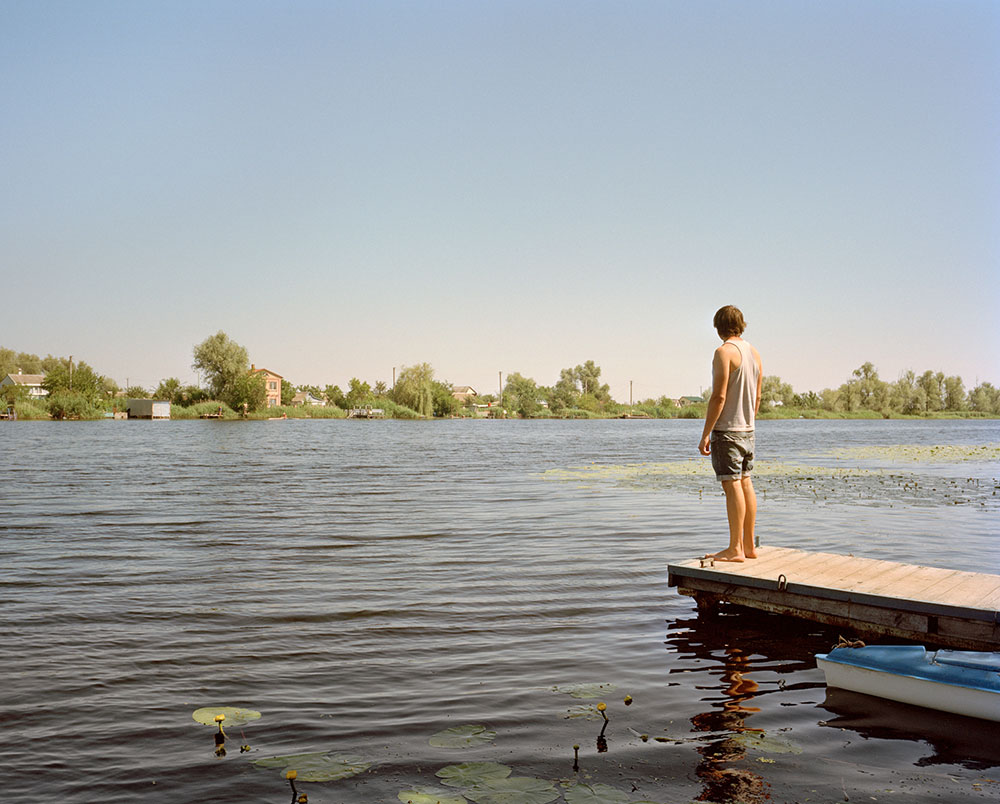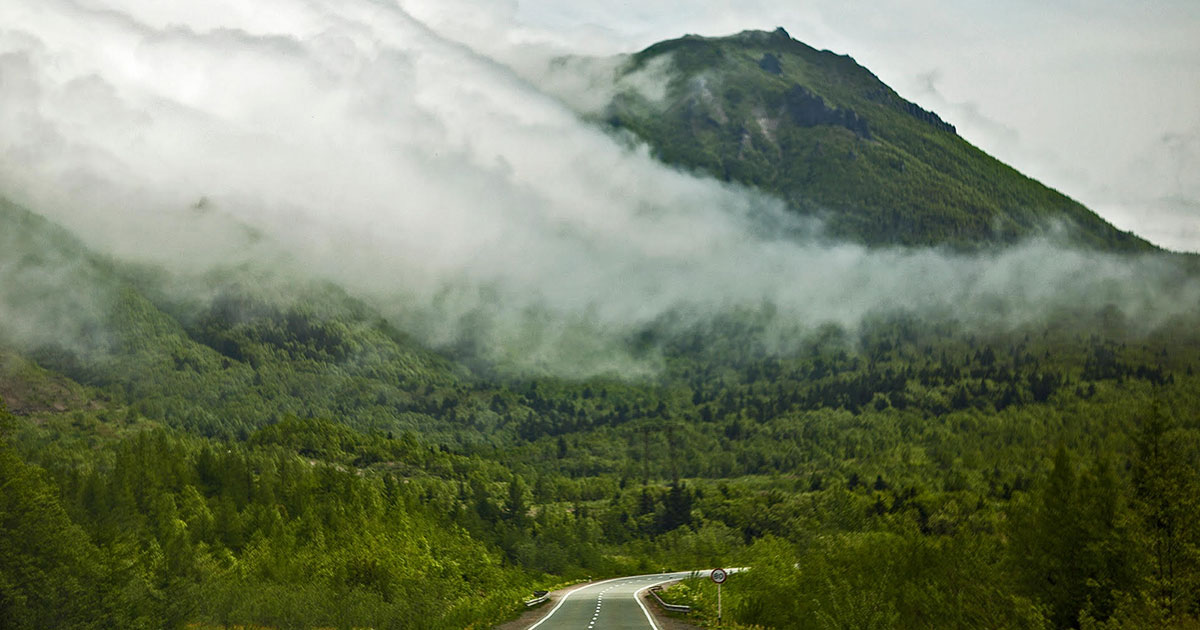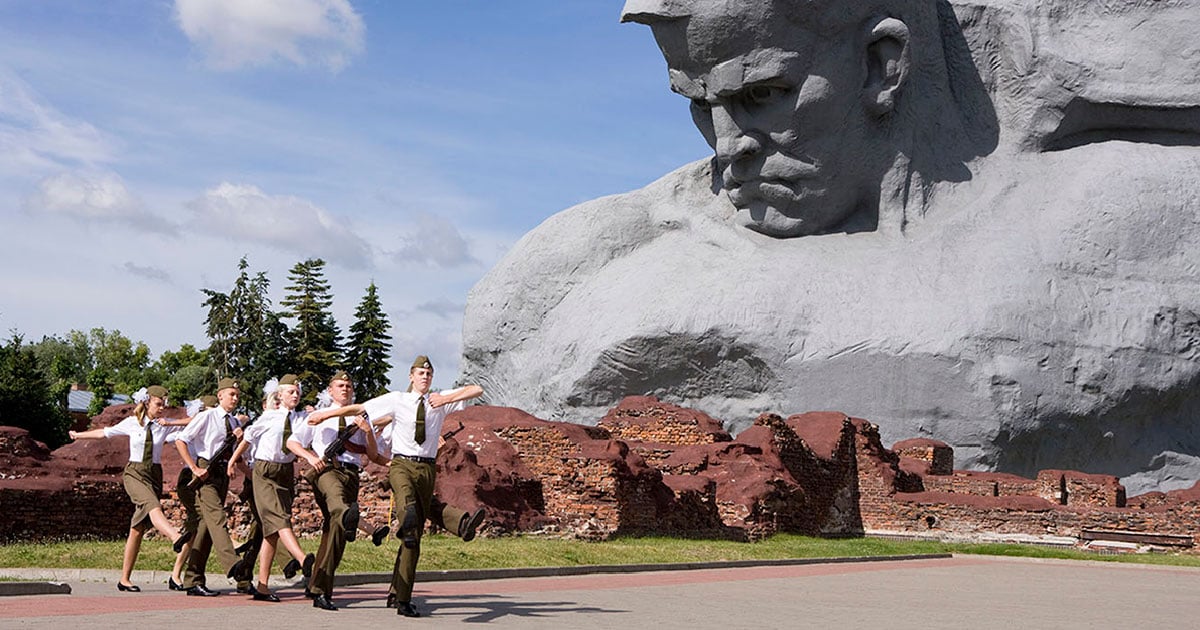Letter from: Altai, wilderness on the edge of change
Great JourneysHow will tourism affect one of Russia's most beautiful regions?
“Altai is being appropriated,” a construction worker tells us. We are fresh here, in the diamond-shaped Altai Republic, which sits like a collar stud in the centre of Asia, fastening together Russia, Mongolia, Kazakhstan and China. For thousands of kilometres in every direction is wilderness, a vast zone of undisturbed biodiversity rich with rare species that is the site of three federal nature reserves, UNESCO world heritage status, and a mere 200,000 people. The Golden Mountains of Altai are home to Mount Belukha, snow leopards and steppe eagles, Scythian burial sites and the grasslands of the Ukok Plateau, the prospective site of Gazprom’s controversial stalled pipeline to China. Altai’s history is fluid; over the centuries so many empires and nomadic peoples have been, in a loose sense, its rulers. Yet the wilderness has endured, as if shrugging off any civilisation not native to it. The Altai people, for whom “Alt-tai” or the Golden Mountain means identity and life, are though a thread back to times past.
We — my girlfriend, friend and I — are “internal tourists”, three among the surge expected as the tumbling rouble makes holidays abroad an extravagance. Rosturizm, the federal tourism body, predicts Russia’s internal tourist flow to grow by 30 per cent; the less excitable officials of Altai Republic are preparing for an increase of up to 10 per cent. In fact, their goal is not to attract more visitors but to double the average tourist’s stay from four to eight days by offering more to do. These factors, combined with signs of love for Altai from the highest possible quarters, must be behind the infrastructure outlays, the tourist bases springing up like mushrooms, or the women on the roadside with signs declaring their water-side properties for sale. Altai has been opening up for some time. Although there is still no rail connection, in 2012 the flight capacity of Gorno-Altaisk airport was doubled and direct flights from Moscow launched. Now things are accelerating.
Closer to Mongolia, every hill we climb yields wonders: floral meadows, mountain lakes, parched crests strewn with red rock; all the while, like an unlikely mirage, white peaks and glaciers hang above us
Altai truly has “great recreational potential”, to use the Russian phrase. The elevation means the summer climate is soft enough; there is, or could be, a trek for every tourist — by kayak or bike, horse or skis. But first and foremost, five glacial ages have left a mixed beauty. Where different countries meet, so do different landscapes and geologies. Even during our limited movement, north to south along the Chuyksy Trakt — the only major road — the range of textures is astonishing. The north of the republic, more accessible and more visited, is misty, damp and big. It does not seem appropriable. The sand underfoot, the unruffled pine and cedar, the density of the night — the land seems barely aware of mankind’s presence. The grey water of the Katun river seeps and swirls secretively. Further east, in the denser forests of the “black Taiga”, Lake Teletskoye is darker, its banks steep and stately, like a Scottish loch relocated to a more exotic land. Closer to Mongolia, every hill we climb yields wonders: floral meadows, mountain lakes, parched crests strewn with red rock; all the while, like an unlikely mirage, white peaks and glaciers hang above us. Further south still, the mountains open into scree-covered steppe land, home to wind-buffeted kites and Mongolian horses, pony-sized.
The best thing is that no one is there. But is the new attention destined to change that, to spoil the feeling of utter wilderness?
The development of tourism hitherto has not been promising. Take Chemalskaya Hydroelectric Station: in the environs of this humble attraction a surreal mound of Siberian trash has grown up. For our visit a posse of shirtless men lords it over the carpark, pumping Russian rap out of hyped-up cars, possibly to kill time until some chalet-styled nightclubs come into their own. The path uphill to the viewpoint is lined with fairground firing ranges and souvenir shops. The fayre is more or less local: wool slippers from Mongolia, ointments restoring man-powers to brown bear levels, Altai mugs and charms, local honey. It’s okay — except that visitors must run this narrow gauntlet for half an hour, passing the same stuff over and over again. By the time you reach the top, you are ready to throw yourself into the rushing waters: a desire simulated by a DIY bungee swing. Far below, motor boats roar into the powerful currents of the Katun, amusing tourists with the nautical equivalent of car donuts.
Despite the bizarre charm, and the lifeline it throws to “spontaneous” traders, the site exemplifies the bad sides of Russian rural tourism. You feel an absence of management, as if in the post-perestroika spirit everybody rushed in to make their own business but no one was looking out for the whole. There is an absence of boundaries, a sense that the higgledy-piggledy huts will spill into this beautiful place proportionate to the number of clients: if it’s not officially a nature reserve, anything goes.
To the north, the banks of Lake Manzherok are so lined with cars and tents it resembles an urban pond. Further east, the tourist culture at the more developed Lake Baikal gives a taste of how Altai might go. There, even an hour’s walk from a small tourist village on the island of Olkhon idyllic shores are strewn with litter.
Back in Altai, as the Chuysky Trakt meanders south and the landscape becomes starker and more dramatic, the visitors and infrastructure thin out. To discover more about local life we pull into a village, whose inhabitants turn out to be Altai. The place is well kept and poor; ours is the only car. “We sell our vegetables to the folk further south,” a woman explains to us from her patch. She is calm, amicable and comfortable with silence. “The ground is barren there, nothing grows. That’s how most of us get by.” Later I meet a man pushing a bike. “What’s it like here?” I ask. He laughs. “You can’t even imagine. There’s nothing to do. The jobs are all in the towns. We farm a bit.” He shrugs. “Want to buy the bike?”
If Altai can set and control its tourist culture as the infrastructure expands, then it can protect its wonder. Instruction, rules and oversight would surely help
Further south we visit another village on flat scree. Here they must buy their vegetables from the previous village. From outside, it appears as a collection of rickety poles and wires, a boat yard at low tide in the mist. Some minarets poke up. This time the population is entirely Kazakh. In the tiny Jasmine’s Shop, some weathered men buy vodka and stumble out. Amazingly, in this back of beyond, where cattle are the main way of life, there is an immaculate museum of Mongol-Kazakh history and culture. The proud curator talks us through Kazakh wool, lace and reed crafts, which today are the preserve of grandmothers. In days gone by the results were an important part of a dowry. Outside there are holes in the ground with the pelvis bones of animals inside them. It’s a ritual for soil fertility.
Then we reach the end of the road. Literally, as it turns out, because Mongolia closes for the weekend. At the border a queue has formed, a caravan delayed until Monday. Traders, Mongolian and Kazakh, are moving off after the International Chuyskaya Trade Fair. Hours earlier, they were peddling their wares; now, in an unexpected and happy moment, they mingle with some of their clients, an international bag of travellers crossing Asia.
The three-day trade fair, based in Koch Agach, drew 12,000 people from a wide geographical area. Its growing success perhaps demonstrates why Russia’s foreign secretary Sergei Lavrov has spoken warmly about a proposed “Big Altai” trade zone spanning four countries. There has been talk of developing the Chuysky Trakt as a major trade route to Russia from the East. For anyone who has visited Koch Agach (Last Tree), this smacks of hopeful geopolitical rhetoric, especially now that China has rejected the Altai pipeline indefinitely. Yet the fair indicates growing local trade and the potential market for the endangered crafts that we saw in the village; it gives a glimpse of the life that might be breathed into the area more permanently.
Thus in Altai Republic, rural tourism would seem a fine way forward. As countryside industries sputter along and big cities suck in the young from their catchment areas, accommodating and entertaining visitors could create critical jobs, both directly – through guest houses, excursions, cottage industries for souvenirs of genuine skill – and indirectly, through small-scale food production or local transport.
For us as visitors, who have so enjoyed the remoteness of these places, but who have also experienced the Chemal hydroelectric plant and its surrounding junk, the prospect raises mixed feelings. If Altai can set and control its tourist culture as the infrastructure expands, then it can protect its wonder. Instruction, rules and oversight would surely help. With light guidance, a range of brilliant activities could be established and newcomers drawn to tread the Golden Mountain with awe. Still, imagining Jasmine’s tiny shop as a supermarket makes me sad; Jasmine, no doubt, would be delighted.
